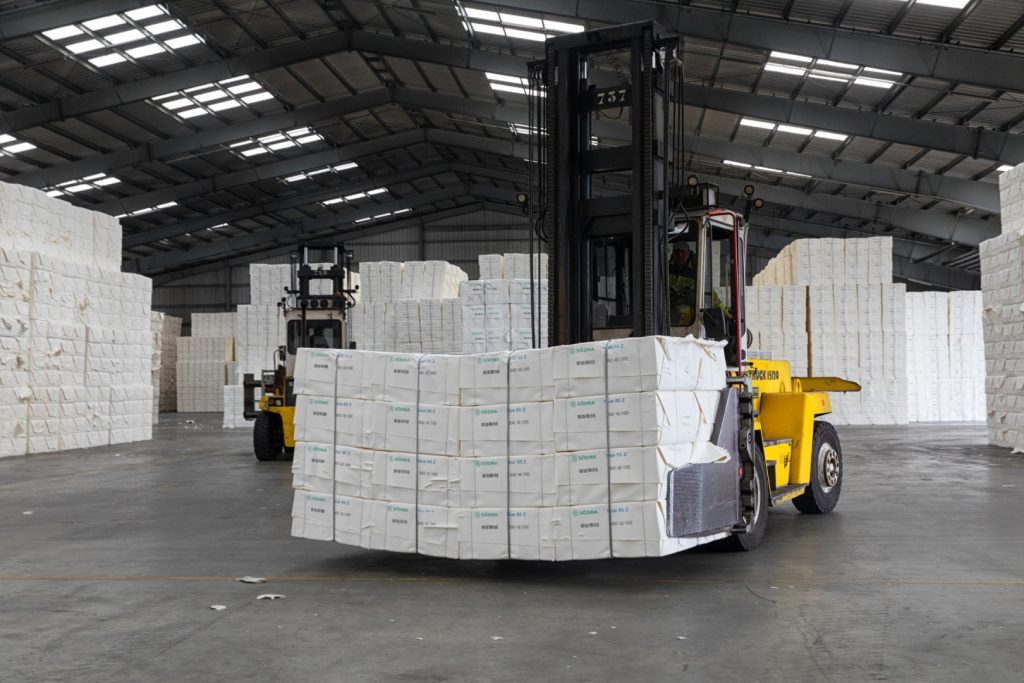In recent years, the global shipping landscape for forest products has undergone significant transformation, driven by a confluence of economic, environmental, and technological factors. As exporters navigate this evolving terrain, understanding key trends becomes crucial for maintaining competitiveness in the market. Sustainability and Regulation: Increasingly stringent environmental regulations and consumer demand for sustainable practices are reshaping the forest products industry. Exporters must comply with various certifications, such as the Forest Stewardship Council FSC and Programme for the Endorsement of Forest Certification PEFC. These certifications not only assure consumers of sustainable sourcing but can also enhance market access. Therefore, exporters need to invest in sustainable practices and supply chain transparency to meet these requirements and capitalize on the growing market for certified products.

Logistics and Supply Chain Efficiency: The COVID-19 pandemic highlighted vulnerabilities in global supply chains, prompting a reevaluation of logistics strategies. Exporters must focus on improving supply chain resilience by diversifying transportation routes and suppliers. Digital technologies, such as blockchain and IoT, are emerging as critical tools for enhancing traceability and efficiency in logistics. By leveraging these technologies, exporters can monitor their supply chains in real-time, mitigate risks, and optimize delivery times, ultimately meeting the demands of global markets more effectively. Countries like China and India are not only significant consumers but are also developing their own processing capabilities. Exporters targeting these markets must be aware of local regulations and market conditions. Additionally, understanding cultural preferences and establishing strong relationships with local distributors can facilitate smoother market entry and increase the likelihood of long-term success. E-commerce and Digital Platforms: The rise of e-commerce is reshaping the distribution of forest products. Many exporters are adopting digital platforms to reach a wider audience, streamline transactions, and improve customer engagement.
This shift requires a robust online presence and an understanding of digital marketing strategies. Exporters must also be aware of the logistical challenges associated with e-commerce, such as managing returns and ensuring timely deliveries. Environmental Challenges: Climate change poses significant risks to forest products exporters. Extreme weather events can disrupt supply chains and affect the availability of raw materials. As such, wood pulp shipping exporters should proactively assess environmental risks and develop contingency plans. Investing in climate-resilient practices and sustainable forestry can mitigate some of these risks while appealing to environmentally conscious consumers. Exporters of forest products must stay informed about global shipping trends and adapt to the rapidly changing landscape. By embracing sustainability, enhancing supply chain efficiency, understanding shifting market dynamics, leveraging digital platforms, and addressing environmental challenges, exporters can position themselves for success in a competitive and evolving marketplace.
